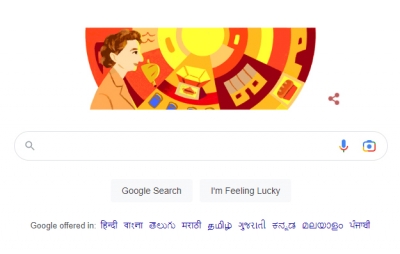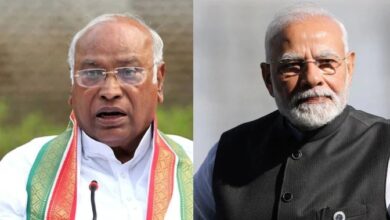Google Doodle celebrates ‘The Sun Queen’ of solar energy, sun could change human lives, Maria Telkes

Mobilenews24x7 Bureau
Many of the worlds’ population may be rarely aware of the inner secret that, Sun rays are the best disinfectants in the universe.
People, who normally are wedded to a life in ivory towers of kind, do miss the charms of early mornings when the sun rises through the mystic skies and sprays the panacea in the form of sun rays.
Big houses with film tinted glasses, the never see out patios and airconditioned rooms, life hardly knows about the openness that gets bathed in early light from the sun.
The sparkling dewv drops on the leaves and grass blades create a mirage of ear-drop pearls when sun rays gets reflected through them.
Maria Telkes, nicknamed “The Sun Queen”, one of the first pioneers of solar energy who believed the power of the sun could change human lives, is the subject of Monday’s Google Doodle.
Dr Telkes was born on December 12, 1900, in Budapest, Hungary, and studied physical chemistry at Eotvos Lorand University. She earned her bachelor’s degree in 1920 and her PhD in 1924. The following year, she relocated to the US and accepted a position as a biophysicist, becoming a US citizen in 1937.
She went on to work as a member of the Solar Energy Committee at the Massachusetts Institute of Technology (MIT). During World War II, the US government asked her to assist in the development of a solar distiller that converted seawater into fresh water.
In 1948, she created the Dover Sun House in partnership with architect Eleanor Raymond. They were featured in the media for the success of the solar-heated home, which popularised the term ‘solar energy’.
She has also assisted in the research of solar energy at prestigious institutions such as New York University, Princeton University, and the University of Delaware. She has over 20 patents and has worked as a consultant for numerous energy companies.
Dr Telkes became the first person to receive The Society of Women Engineers Achievement Award on this day in 1952. She died on December 2, 1995, in the Hungarian capital.
With inputs from agencies






